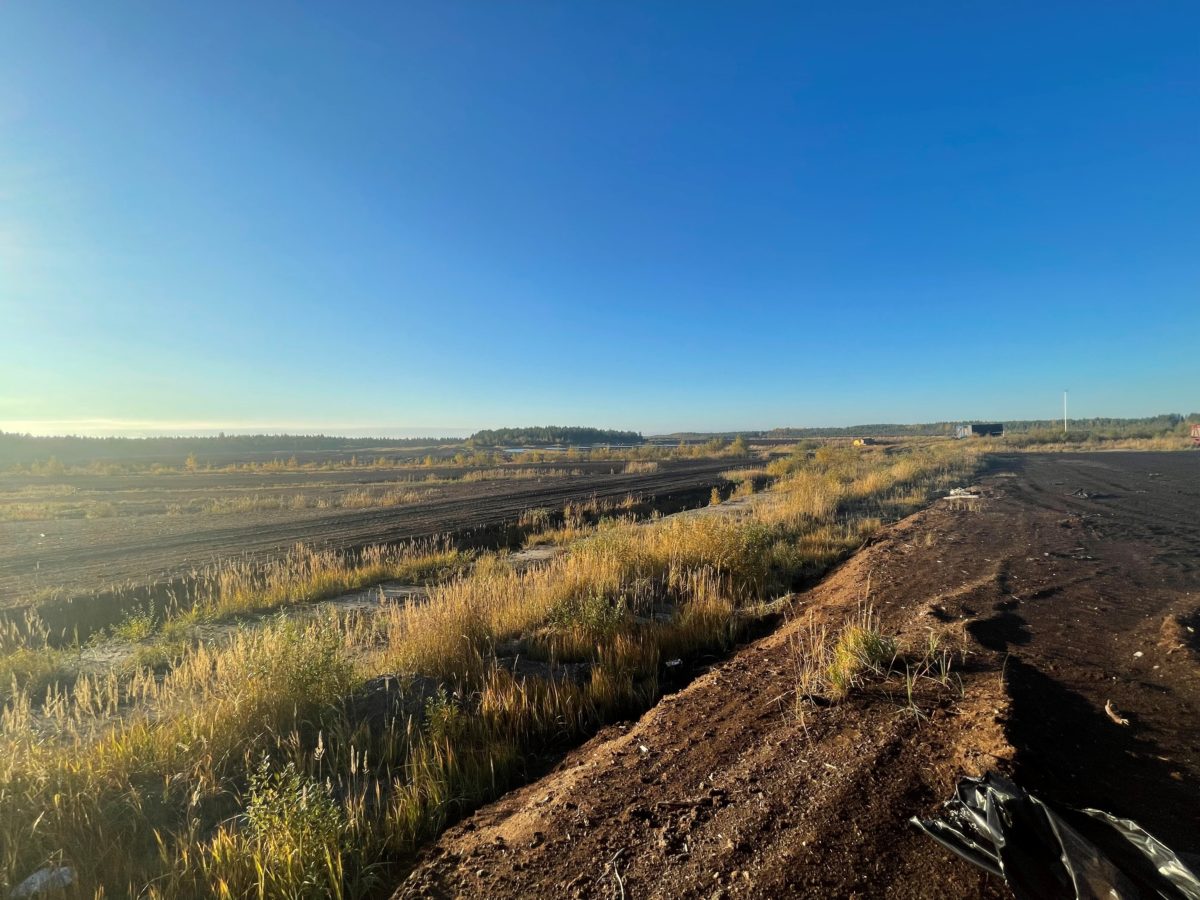An international consortium is planning to build a 500 MW solar power plant in Palloneva, a wetland area in southern Finland 280km northwest of the capital, Helsinki.
The project is being developed by the special purpose vehicle ATP Palloneva Oy and is currently under review by the local authorities. “We aim to complete the permitting process during next year or in the first half of 2023, which would enable us to secure financing immediately after that,” Ard de Poot, the owner of Netherlands-based De Vrije Wind B.V., which owns a third of the SPV, told pv magazine. “If all goes well, construction on the plant may start in 2023 and completion may be reached in the following year.”
The consortium, which comprises De Vrije Wind itself and Finnish companies Kaskisten Tuulivoima Oy and Kauhanummi Oy, owned by Jaakko Leppinen and Marko Nummijärvi, respectively, also intends to build a 45 MW wind power plant in the area and to invest a total of €400 million in the two facilities together. “But it will not necessarily be a hybrid project and each plant could inject power to the Seinäjoki-Ulvila power line through separate connections,” De Poot further explained.
The consortium aims to bring more investors on board and to secure power purchase agreements (PPAs) from local utilities and large energy-intensive companies. “Securing one or more PPAs for up to 70% of the project capacity will be crucial for its further development,” De Poot stated, adding that the huge facility may also sell part of the power to the spot market, or use it to produce green hydrogen. “We are considering all options at the moment and storage is also being considered.”
The levelized cost of energy of the project was estimated by De Poot at less than €0.04/kWh. “Large scale solar is becoming competitive with wind in Finland and their LCOEs are now getting closer,” he stated.
The project will be located in a swampy area, which would impose a series of technical requirements to deal with the soft surface. “Marko Nummijärvi is already working on developing cost-effective solutions for both foundation solutions, frame construction, and frame installation,” De Poot added.
The solar park would occupy 500ha of abandoned peatland. “The zoning classification of these peat intake areas is related to industrial activities, the impact of the solar PV and wind project is significantly lower, on any aspect, than the impact of the former peat intake activities,” he also explained. “For example, after construction of the power plant, no longer [will] heavy machinery … be entering and leaving the area, resulting in significantly lower heavy traffic.”
This content is protected by copyright and may not be reused. If you want to cooperate with us and would like to reuse some of our content, please contact: editors@pv-magazine.com.




4 comments
By submitting this form you agree to pv magazine using your data for the purposes of publishing your comment.
Your personal data will only be disclosed or otherwise transmitted to third parties for the purposes of spam filtering or if this is necessary for technical maintenance of the website. Any other transfer to third parties will not take place unless this is justified on the basis of applicable data protection regulations or if pv magazine is legally obliged to do so.
You may revoke this consent at any time with effect for the future, in which case your personal data will be deleted immediately. Otherwise, your data will be deleted if pv magazine has processed your request or the purpose of data storage is fulfilled.
Further information on data privacy can be found in our Data Protection Policy.